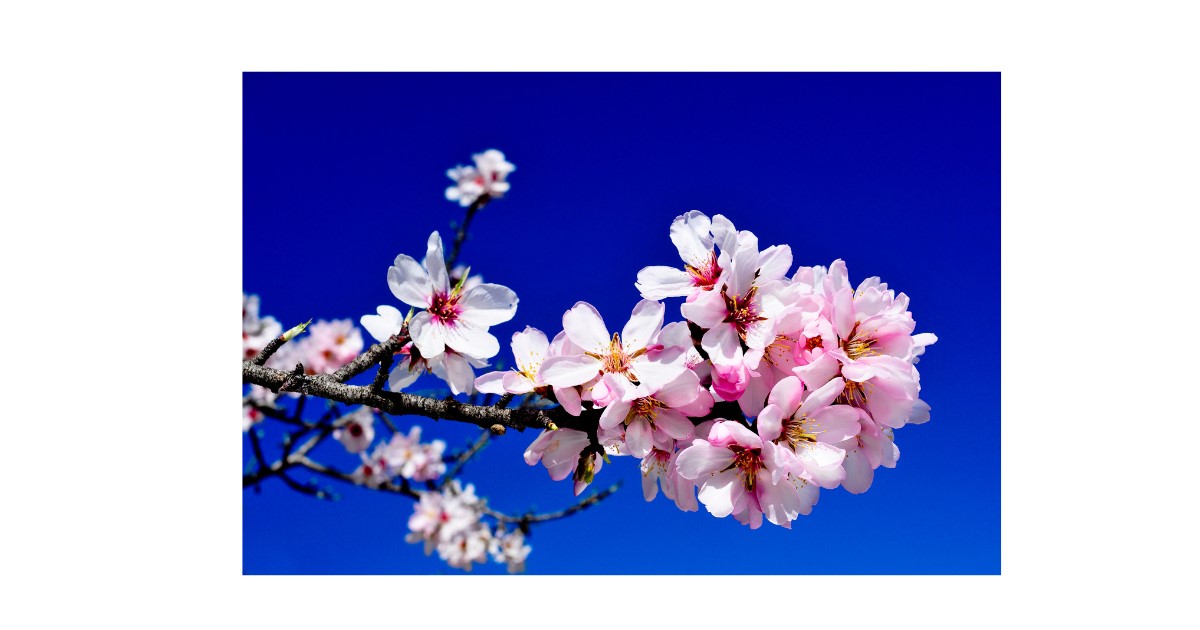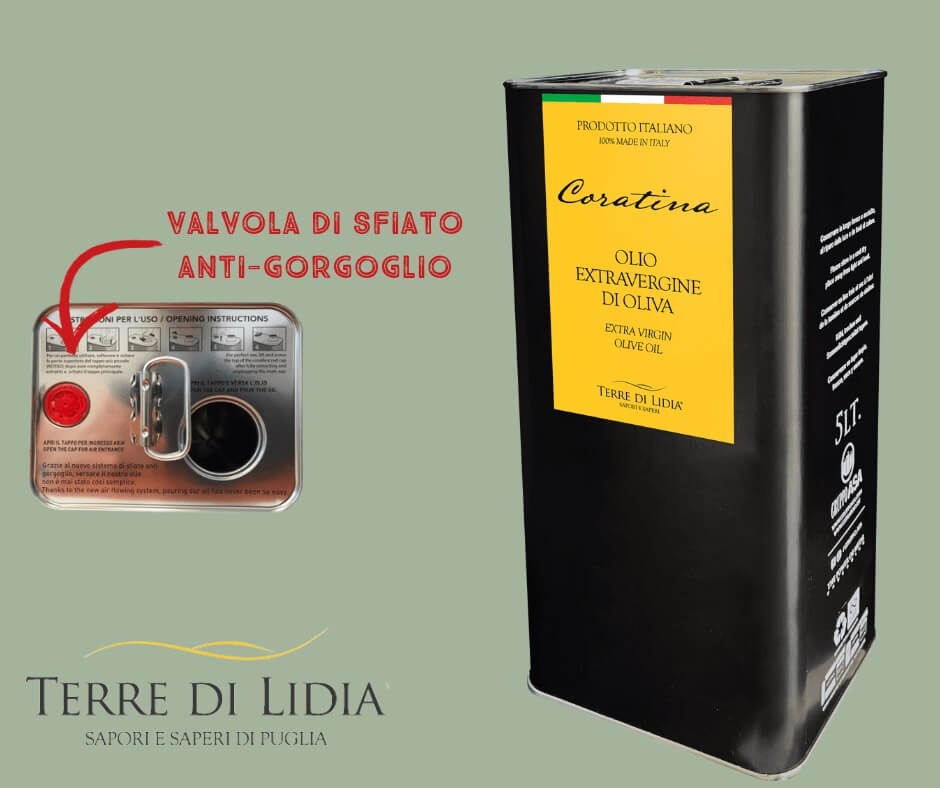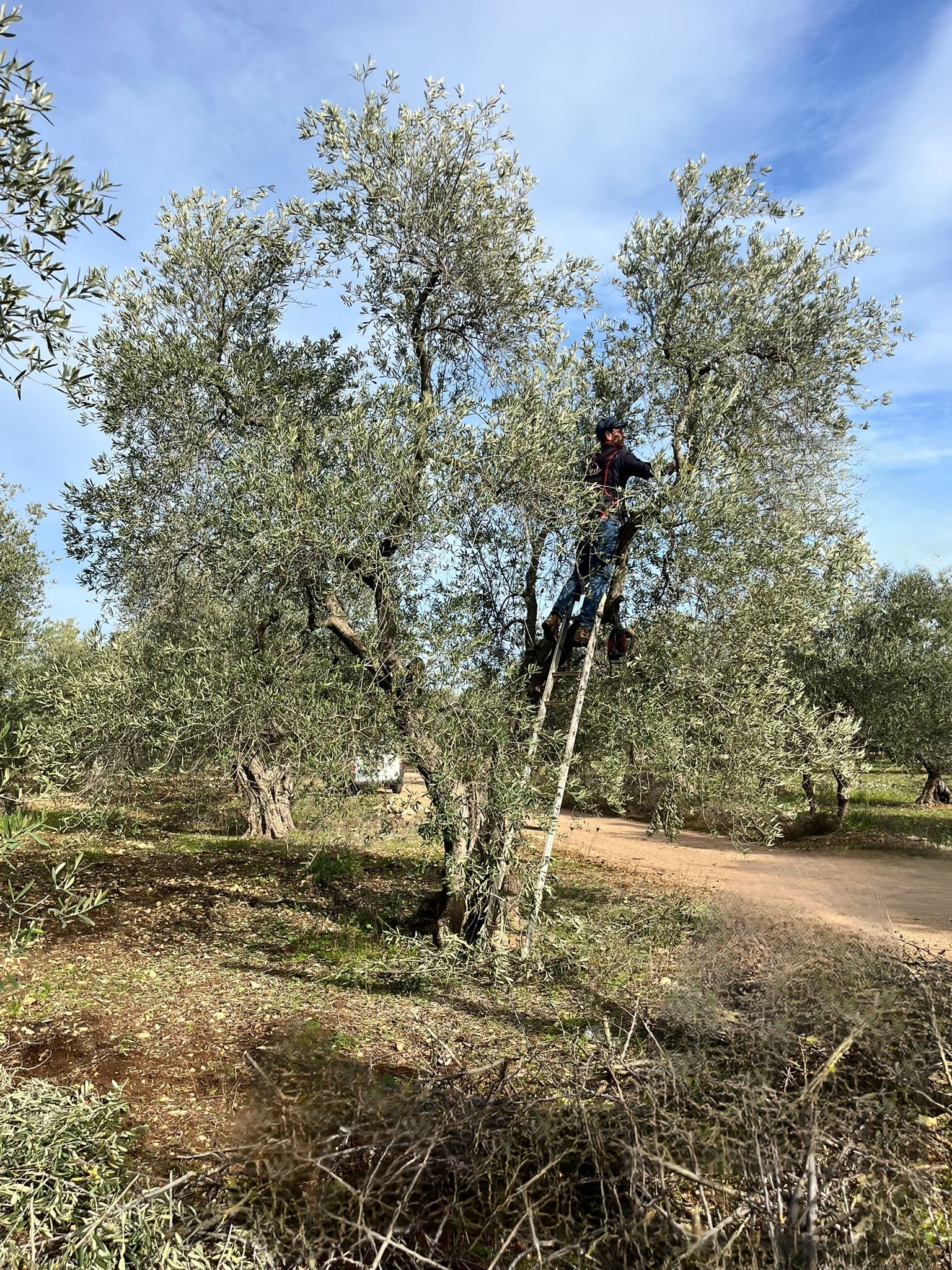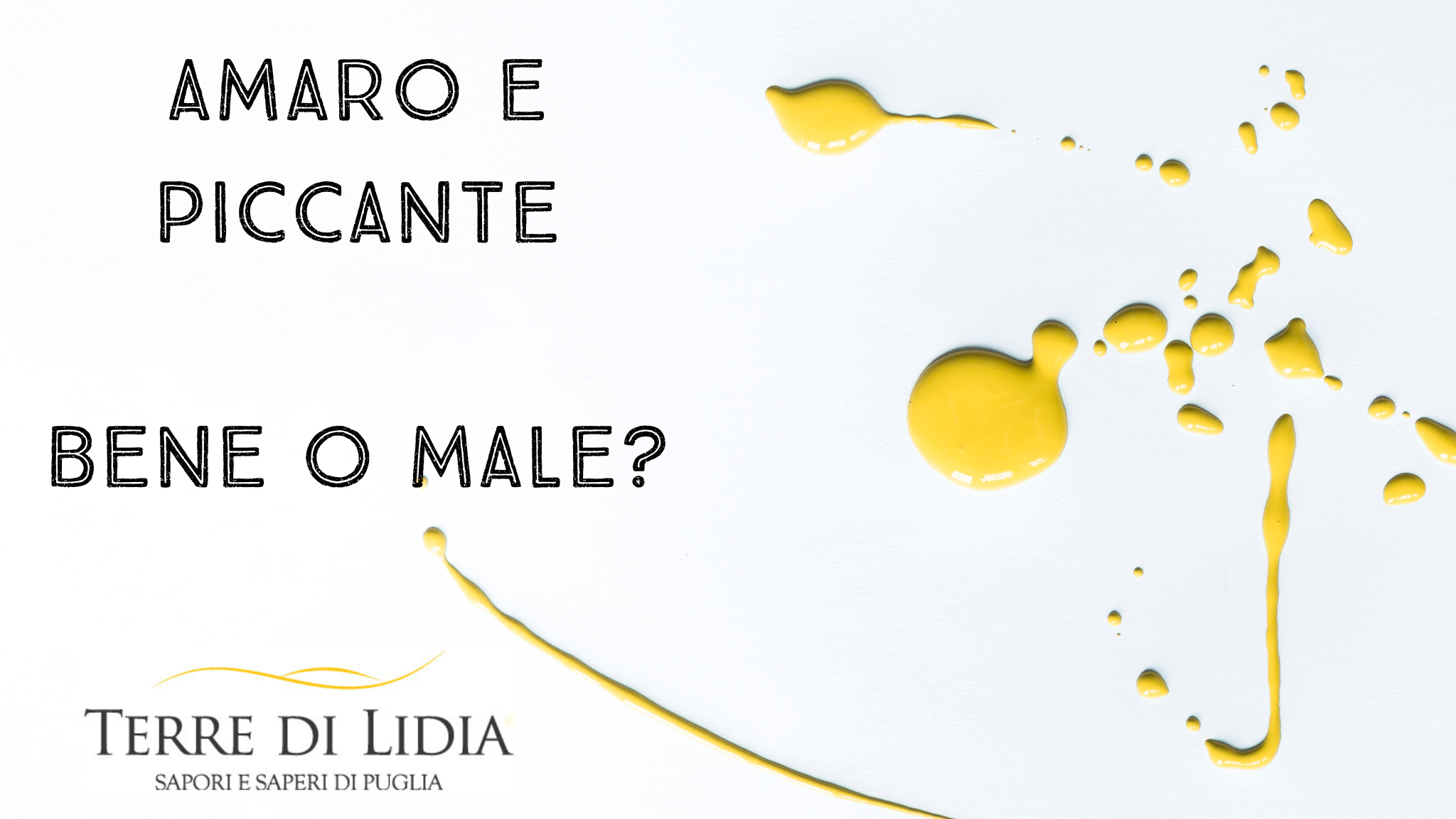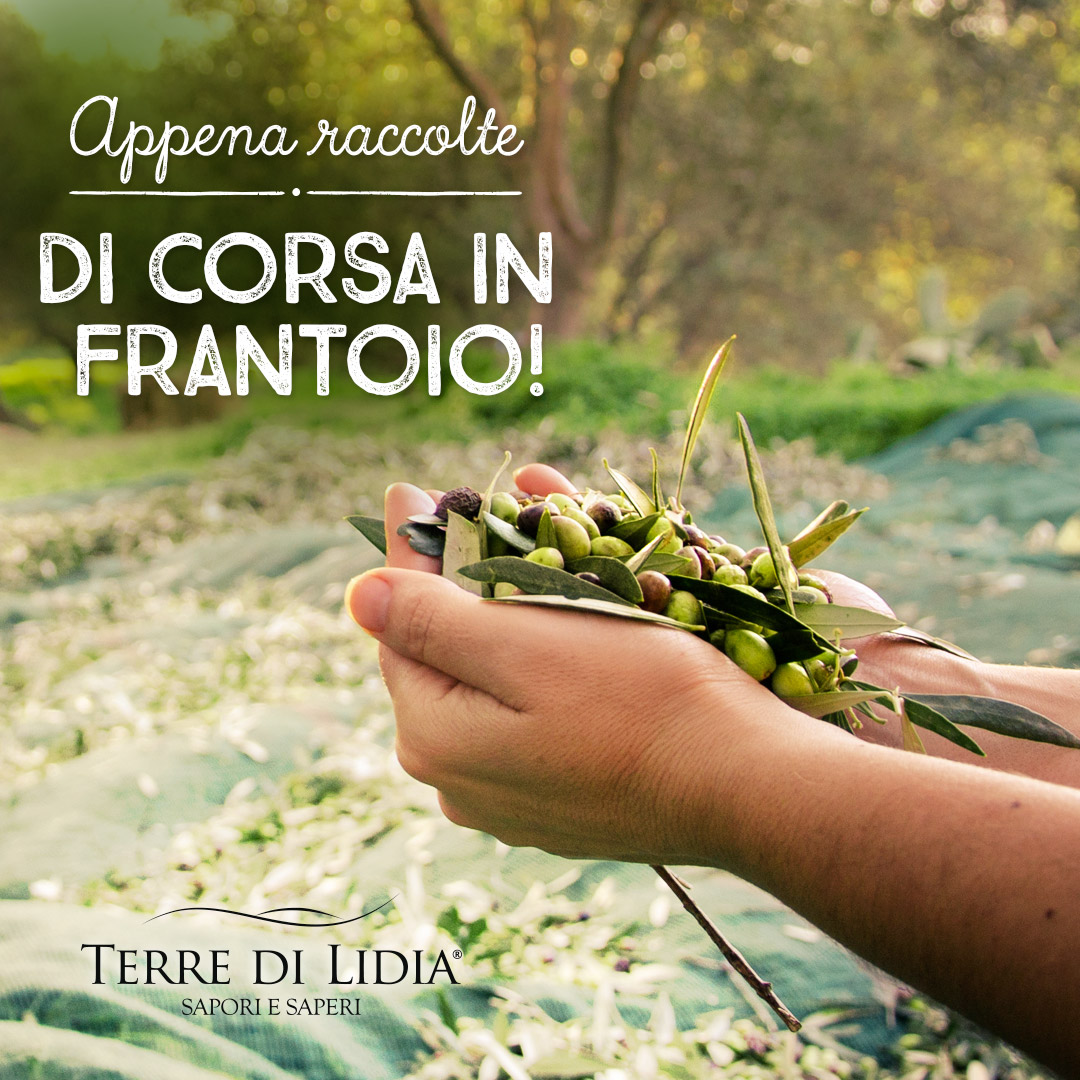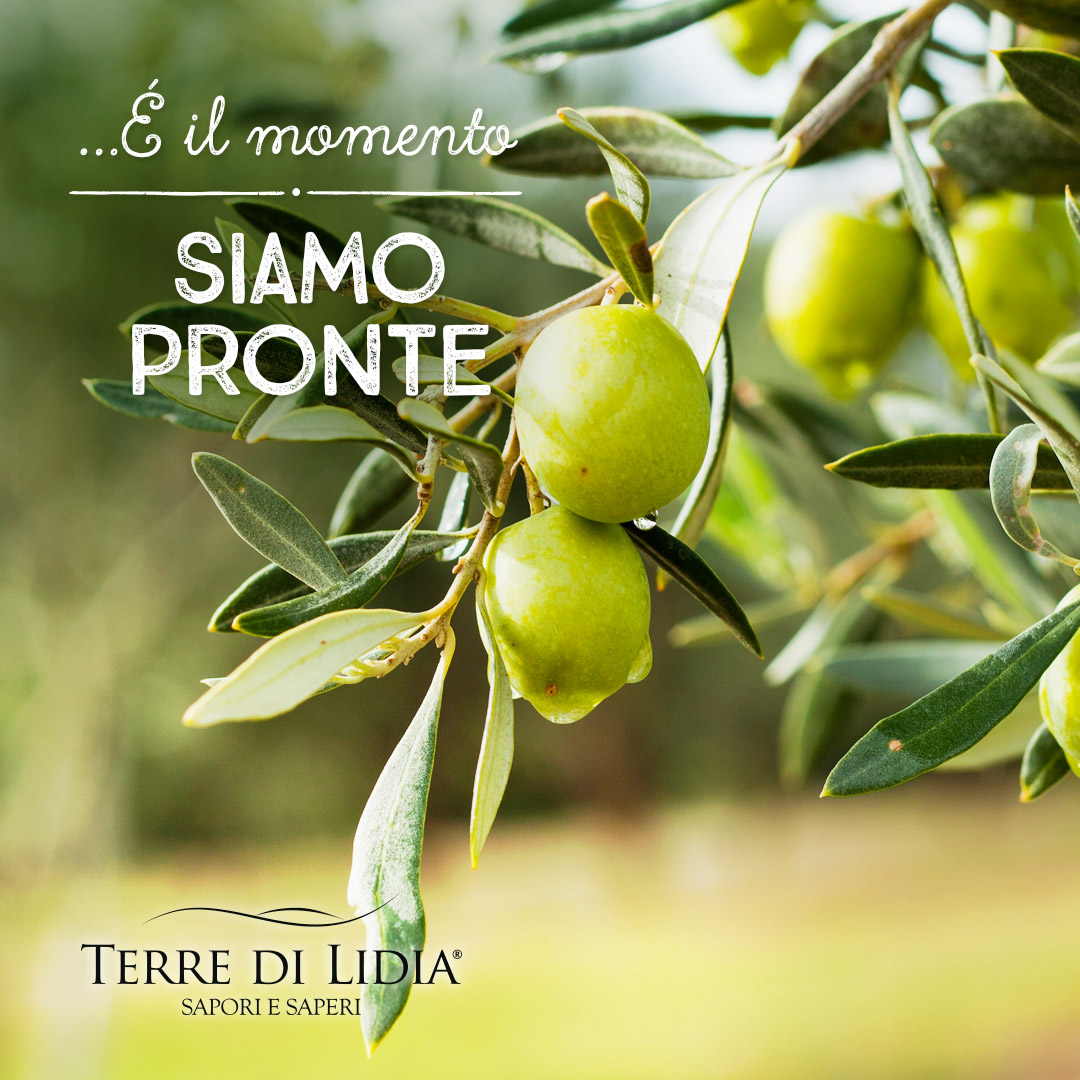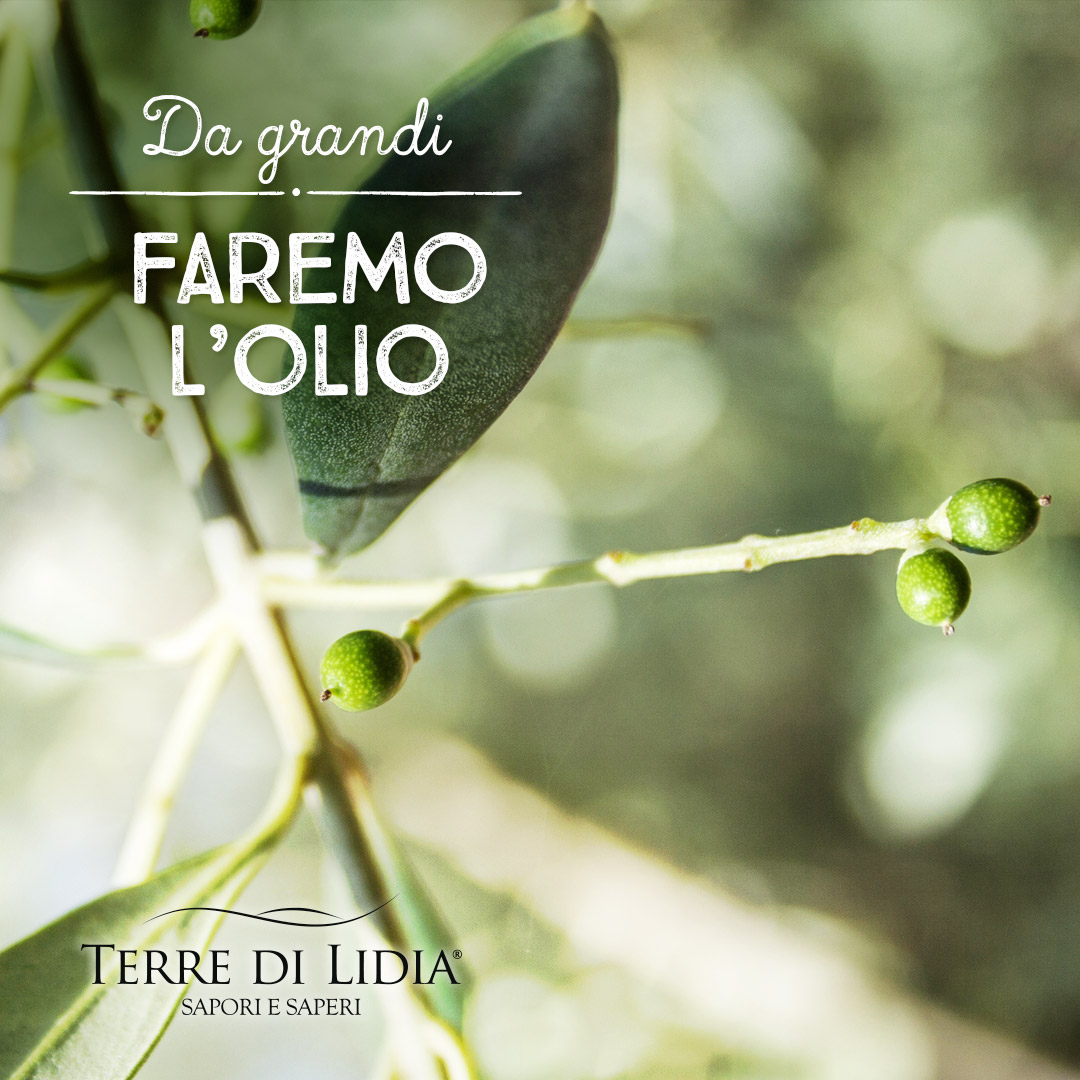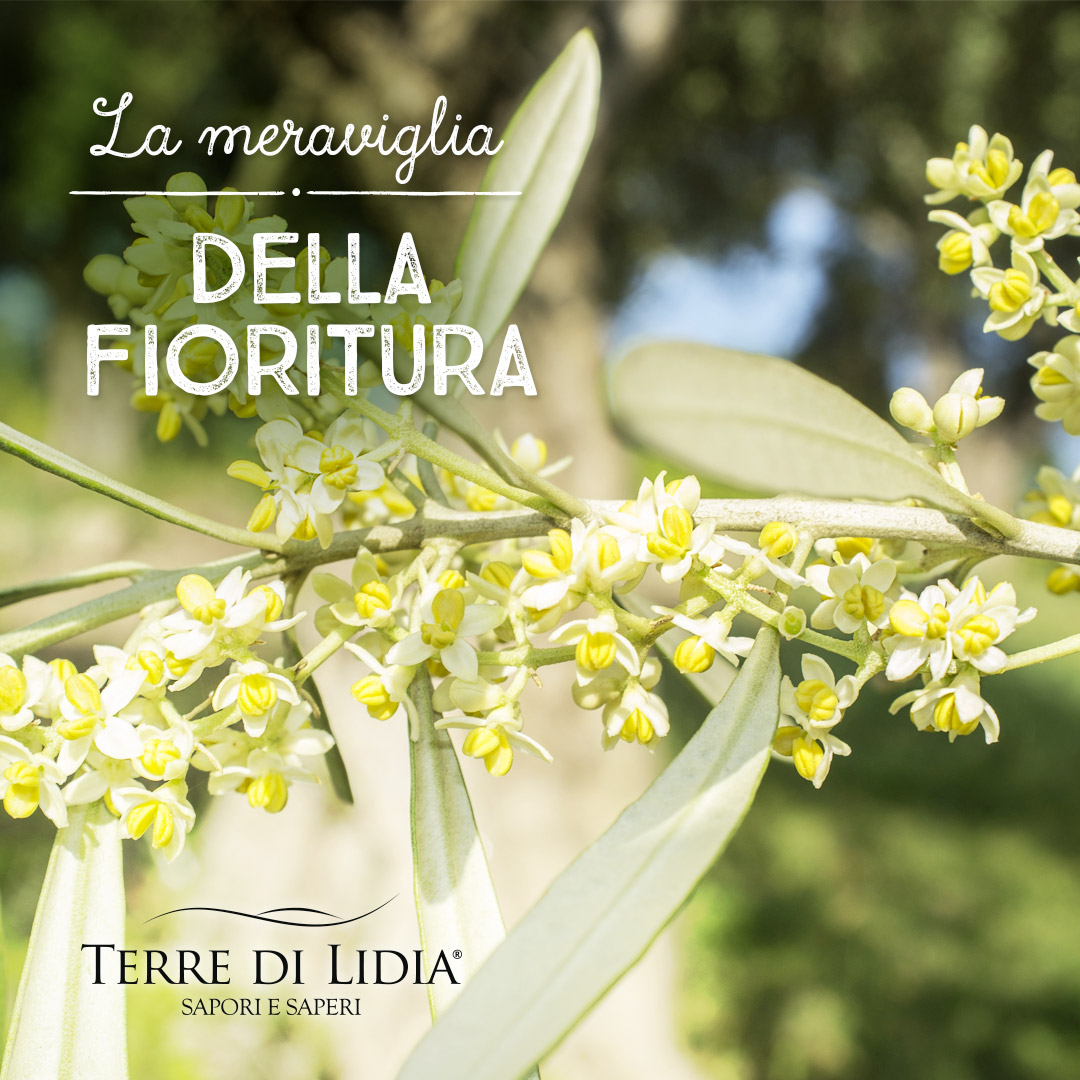Landed Almonds - Quick recipe for a special dessert
Apulian Tradition with Landed Raw Almonds Terre di Lidia Landed almonds are one of the most typical delicacies of Apulian tradition, a perfect combination of the crunchiness of almonds and the sweetness of chocolate. This simple but irresistible dessert is prepared mainly during the holidays, but is ideal to enjoy all year round. To obtain...
Apulian almonds are in bloom
In Apulia, the blossoming of almond trees marks the arrival of spring, with white or pinkish flowers blooming before the leaves. The almond tree is a hardy, fruit-bearing tree and symbol of rebirth. Harvesting takes place between August and September, producing nutritional almonds, appreciated in cooking and for health.
Travelling Extra Virgin Oil: Goodbye Splashes and Waste
Our Secret! For this reason, we chose an innovative solution for the container of our precious oil: a metal can with a special vent valve. A small detail that makes a big difference when pouring extra virgin oil. Why an Exhaust Valve is Essential for Proper...
Where do we stand? January/February: The phenological resting phase of olive trees
During the winter months, olive trees go through a fundamental phase in their life cycle: vegetative rest. This period represents a pause in the natural rhythm of the plant, during which vital activities are reduced to a minimum. As soon as the fruit harvest is over, the trees enter this phase to regenerate. It is the time...
Bitter and Spicy Oil: Good or Bad?
When it comes to extra virgin olive oil, bitter and spicy flavours are often misunderstood. Many consumers associate them with a defect, thinking that they are linked to a higher acidity of the oil. In reality, these flavours are a positive characteristic, synonymous with high quality and nutritional richness. But where do these flavour notes come from?.
#5 - STEP 5 - COLLECTION
Our fruits are ready to be harvested and the most important phase of the year, for a company like ours, is about to begin. Depending on their degree of ripeness and the cultivar, the batches to be harvested first are carefully chosen. We always start with the territories closest to the sea, where the milder temperatures...
#4 - STAGE 4 - MATURATION
Our fruit is close to ripening! When the olive begins to change its colour from bright green to dark purple (INVAIATURA), then there are only a few days left before the harvest, and a year's work in the field will turn into liquid gold to grace our tables!
#3 - STAGE 3 - FRUIT SET
Only very few flowers have passed natural selection (about 2% of the total) and these will be the chosen ones to become fruit. In fact, the flower, having lost its classical appearance, swells, giving birth to tiny olives (allegagione), which will grow, changing shape and colour until October-November, the period of their harvest.
#2 - PHASE 2 - FLOWERING
The mignolas open and turn into flowers. Small, delicate white petals surround a core of pollen that will only use the wind to pollinate other flowers and give birth to the next harvest's olives. Flowering is a very delicate phase, in fact only 2% of the flowers will bear fruit.
#1 - PHASE 1 - PINKING
Everything starts from here. The oil of the next campaign starts here. The new buds give birth to mignolas, small bunches in which the flowers are preparing to bloom. The more mignolas are born, the more flowers there will be, the more olives we will have on our trees. From the assessments made in the field, it will be a year of low productivity but of great...

